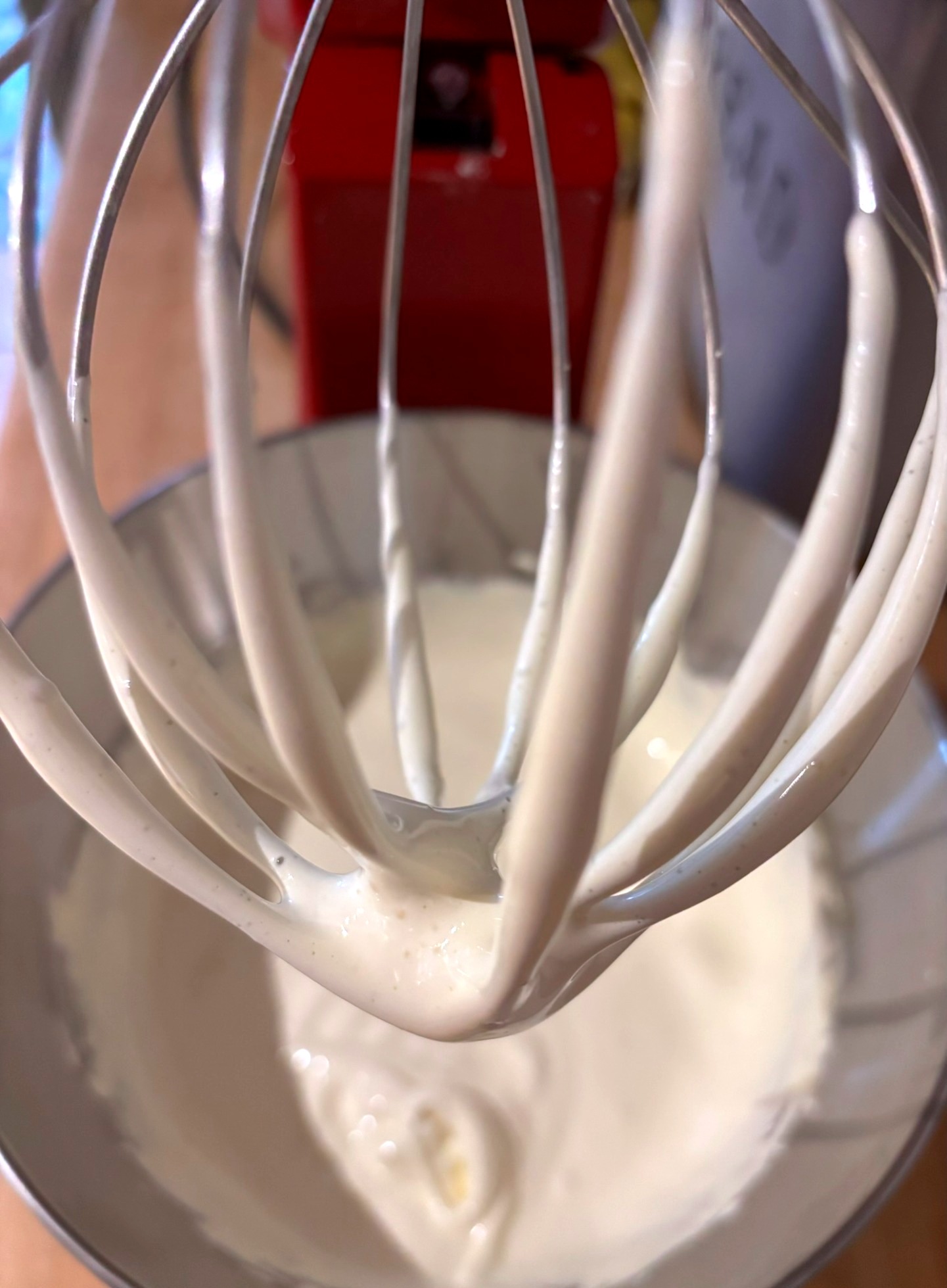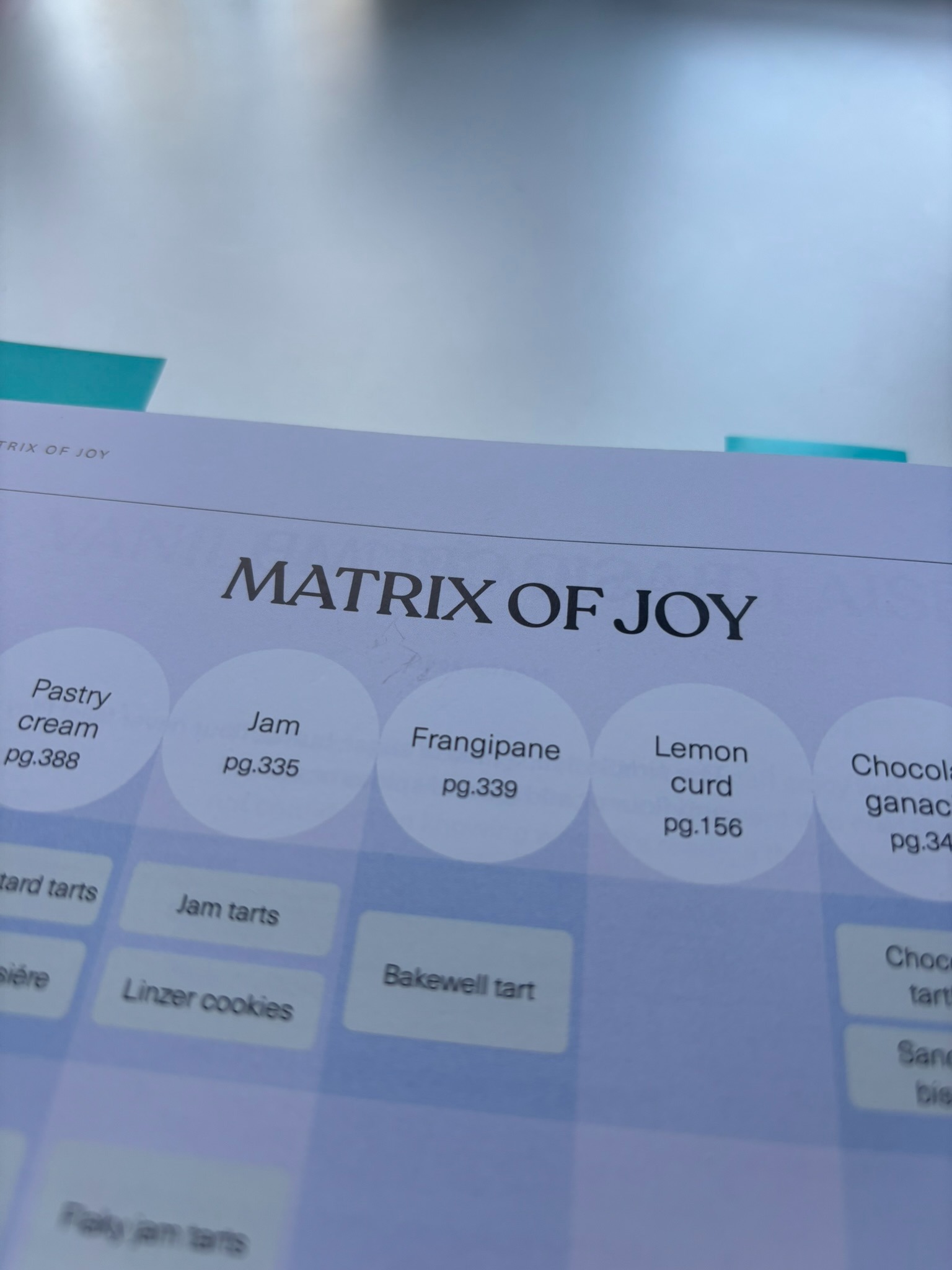Kitchen Essentials
The basic armoury
Sift Nicola Lamb Ebury Press May 2024
Lamb’s quintessential baking book may have little to say on world religions and sexology but the Pan con Tomate Danishes are divine.
Baking Bible is a dismal phrase. On the one hand lies admonishment, privation, fasting, original sin. And on the other, cosy teatime with the vicar, stale scones and the sort of vanilla, Battenburg-fuelled chatter that fills the pages of Barbara Pym and E.F Benson. Admittedly, turning water into wine and conjuring up lunch for 5,000 from yesterday’s stale baguette and a couple of vac-pac salmon fillets is something of a miracle, and bread (excluding pain au levain), milk and honey get rather good PR. Roast Lamb’s ok, too, provided you’ve got your coat on ready for a quick Exodos. But apples and salt (at least pillars of the stuff), clam bakes, lobster rolls, roast heron, bacon bagels and a number of other perfectly respectable comestibles get short shrift.
Then there are the biblical recipes themselves. Fancy the sprouted-grain loaf in Ezikiel (4:9)? Sounds rather tempting were it not for the requirement that it be cooked over human faeces. Unlikely to be appearing in your local Greggs any time soon (although you can find more sanitised versions of ‘Ezekiel Bread’ on the great god internet these days). Beyond this, there is some cultural memory of older guest-honouring traditions in the Good Book and the custom of Agape feasts lingered on but by the time we get to Catherine of Siena and her medieval-maniacal chums, the joys of nice baked goods, an expresso and a fag for breakfast are definitely off the menu. Shuttle forward a few centuries and it’s all Pugliese nun’s tits (Tette delle Monache) and Portuguese Doces Falicos (São Gonçalo’s tumescent drizzle cakes). Time to move on, I think, time to cut those ecumenical apron strings.
Besides, the tired old phrase suggests that the Bible and by extension Western-centric culinary standards are the last word on the subject – much to the surprise, I would imagine, of a large portion of the world happily turning the pages of their baking Sutras, Vedas, Granths, Tzus etc. And that’s to say nothing of the other great Abrahamic religions and those of us for whom divine revelation and tablets of stone – in the kitchen as in life – are rather an epic, swords-and-sandals epic, turn off.
But it’s an oft-used phrase that’s seemingly here to stay and it does at least attempt to capture a sense of authority, a book to which you might turn to answer all of life’s – or at least baking’s – fundamental questions.
And such is Sift.
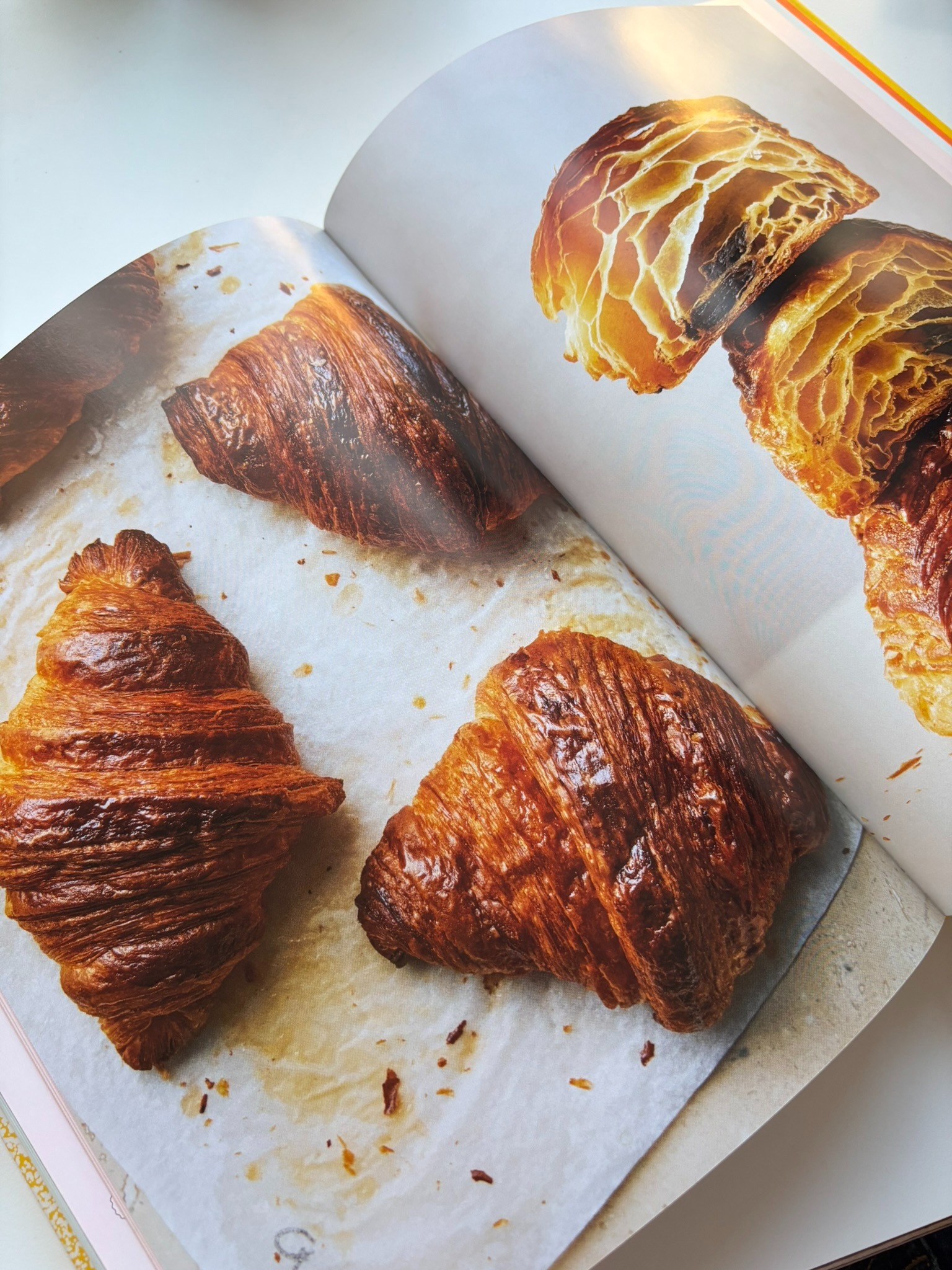
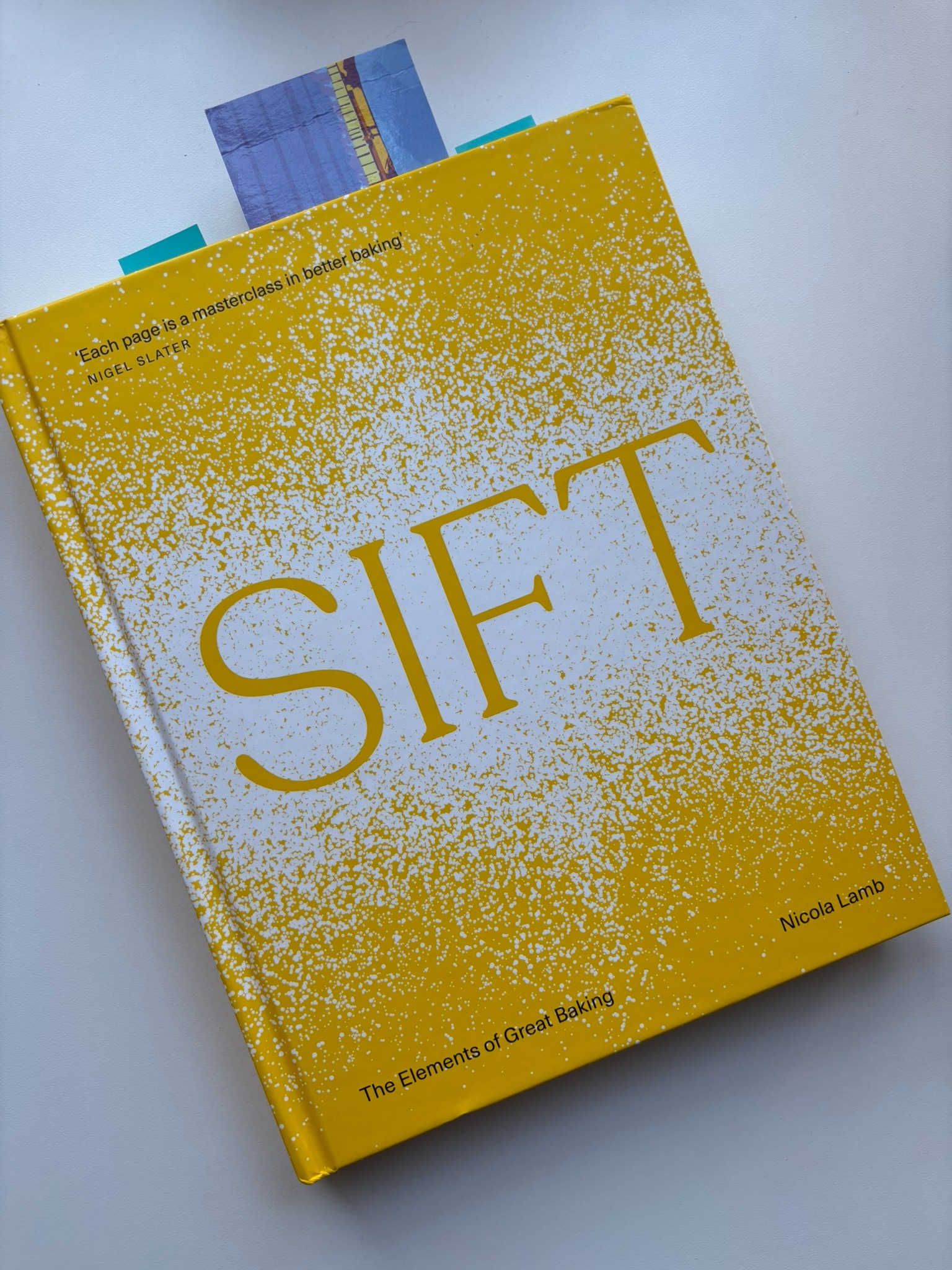
The title of chef and flour-coated wunderkind Nicola Lamb’s book is instructive. In place of the Neo-Platonic ideals of bakery (against which our genoise sponges can only ever appear as pale shadows), the stolid suets of convention and the hollow puff of the air-fryer zealotry, are carefully chosen classics evenly fruited with a goodly selection of the new. It’s a thorough sorting of the wheat from the chaff, all lightly dusted with innovation and decorated with truly helpful advice for the novice and majordomo alike.
The first third is a technical tour-de force covering just about all you’d ever need to know about the mechanics of baking. Preparatory chapters on flour, sugar and fat etc open the aga door just enough to see what actually happens inside. There’s a healthy helping of biochemistry and a pinch of physics but it never strays beyond the definitively useful. And, importantly, it doesn’t seek to replace the subtle magics of baking – yeast sorcery, butter alchemy and Tuesday morning Sourdough/Potions Class – with the cold steel of science. Part baking grimoire, in fact, it’s a damned sight more rock ‘n roll than cumby-yah, the Devil having all the best tunes and quite possibly the best cakes, too. Friendly diagrams and the odd fascinating graph might invite you to explore your inner lab technician but you can dip and sample as you will with plenty of space left for thaumaturgical cauldron/basin stirring.
It’s all very far from dry and missionary. Much more in line with a Joy of Baking in fact than any religious text or science book. Interestingly, Alex Comfort’s 1972 original ‘Joy’ came complete with the subtitle A Gourmet Guide to Lovemaking and was modelled on cookbooks of the time with chapters extolling the benefits of starters, main courses etc. Strangely, baking metaphor and downright inuendo were left on the shelf, an omission I feel ought to be addressed. What about Friands? More than a hint of de Sade I think. And their opposite number, Sacher-Masoch whips (walnut of course). Turkish delight, geographically so close to DH Lawrence-level fun. And that’s to say nothing of the vast Carry On lexicon of cream buns, Paris breasts (see below) and fruity tarts etc etc.

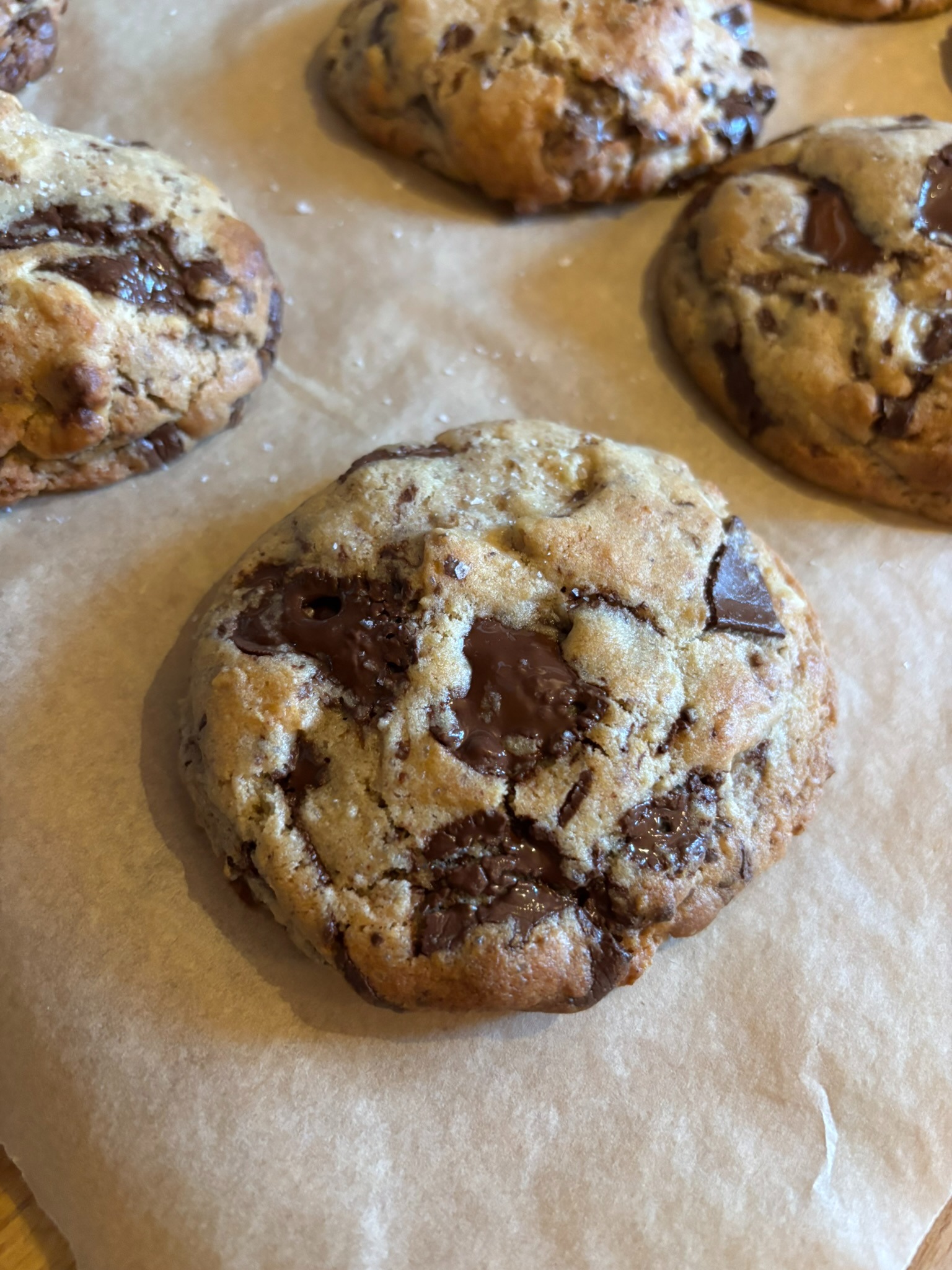
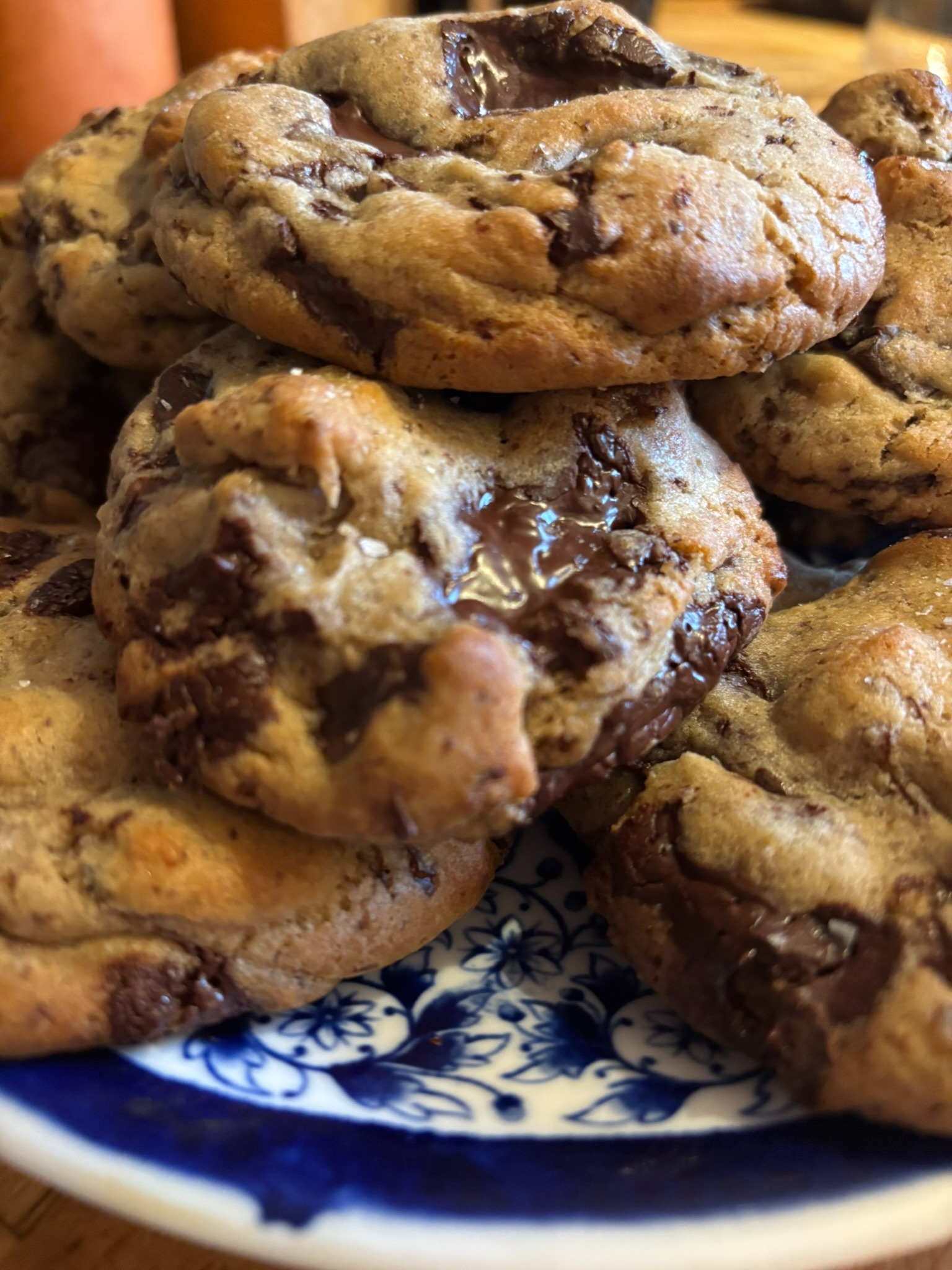
But the second two-thirds of the book is what we’ve all come here for: recipe after glorious recipe. First, the fundamentals: all the pastries, suet crusts, sponges, brioches et all, but also Sablé Breton, Tangzhou Bun Dough and the ubiquitous but delicious Milk Bread (the latter two straight from the pages of a Baking Analects or Baking Kiki, I would imagine). These are the sort of things that we all should know how to make. But we don’t. So this is why we have wonderful books like Sift to guide and enlighten us. Even the unutterably dismal ‘Rough Puff’ pastry (Ruff Pough?) gets a look in. Frankly I thought this was a product of Paul Hollywood’s overactive imagination, but apparently it exists and it works. Here it takes up position between the classic Puff (admittedly a bit fiddly-faddly) and something rather excitingly called Inverted Puff Pastry. And who doesn’t want a bit of inversion in their kitchen? Although that is, admittedly, a bit more Krafft-Ebing than Alex Comfort.
And after three years of culinary school condensed in 140 marvellously instructive pages, the real creative stuff kicks off: an inspirational cannon of cakes, tarts, breads, biscuits, puds and pies. New York and London trained Lamb leans inevitably into the strengths of the Anglo-French baking tradition. But even when on more familiar territory, each recipe is given a blast from the creative furnace: roast strawberries in the Victoria Sponge, the now obligatory Basque Cheesecake infused with citrus and served with a sticky lemon and brown-sugar sauce.
And what she does really well is to nod towards different baking traditions without clumsy cultural appropriation (something of which the sombrero-wielding Bake Off was accused) or falling back into tired cliché. There are thoughtful gestures in the direction of Europe’s lesser-known baking hotspots: Poland, Britany, the rest of the Iberian peninsula, Holland, Germany, Austria and the strong transnational Ashkenazi Jewish baking tradition (although the utterly delicious Challah and Yemenite Malawach are conspicuous in their absence – the latter, especially, given that it is often served with zeitgheisty Zhug). The undeniably perky US baking world is represented too with proper cookies, marshmallows etc. And something called Maple Pretzel Buttercrunch – a type of candy (sic) that gangs of Stranger Things youth would race their choppers across town to get their hands on. Recent pop fav Maritozzi, actually edible biscotti, ricotta cakes, polenta cakes etc keep to a more trodden Italian path.
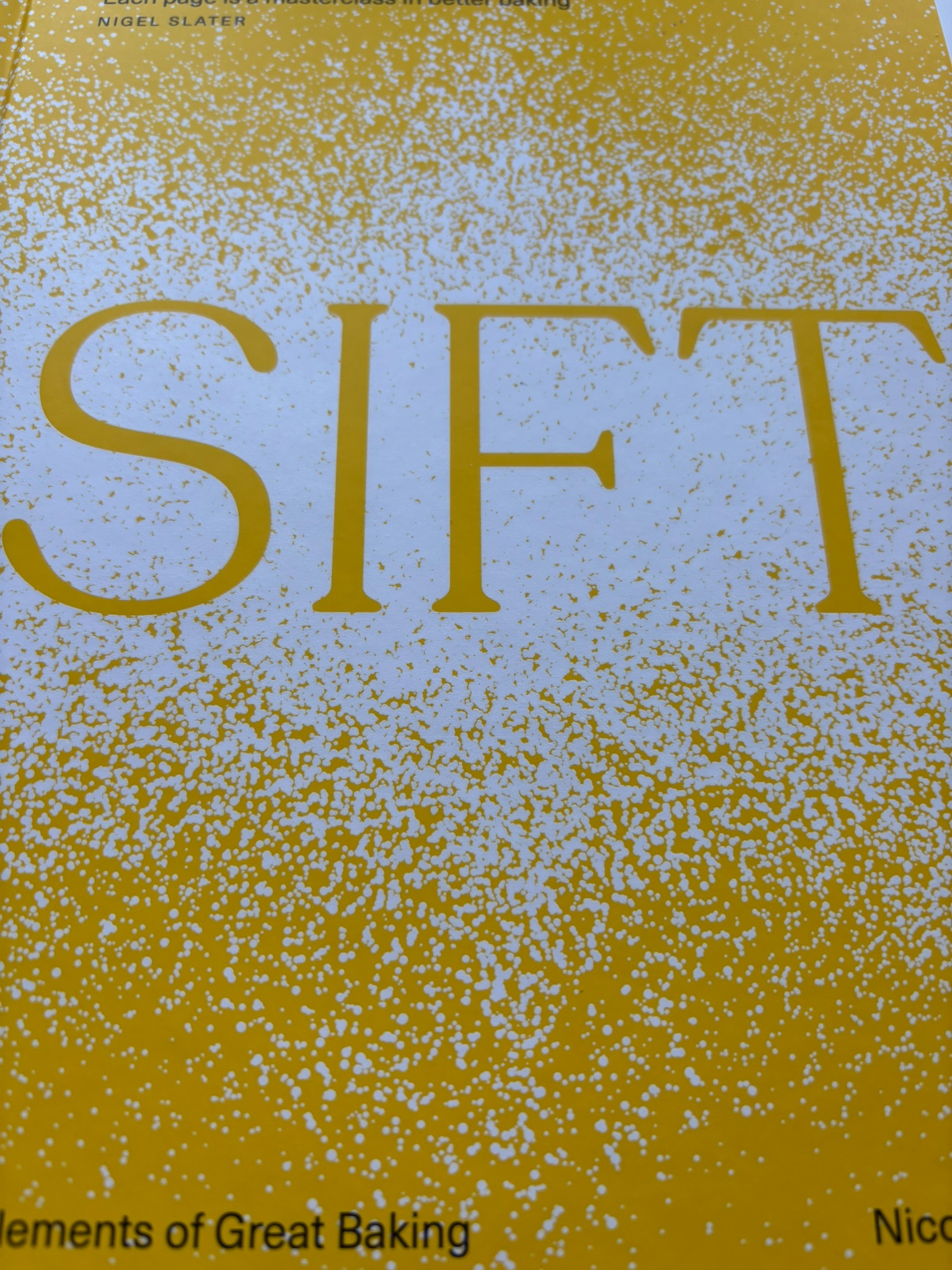
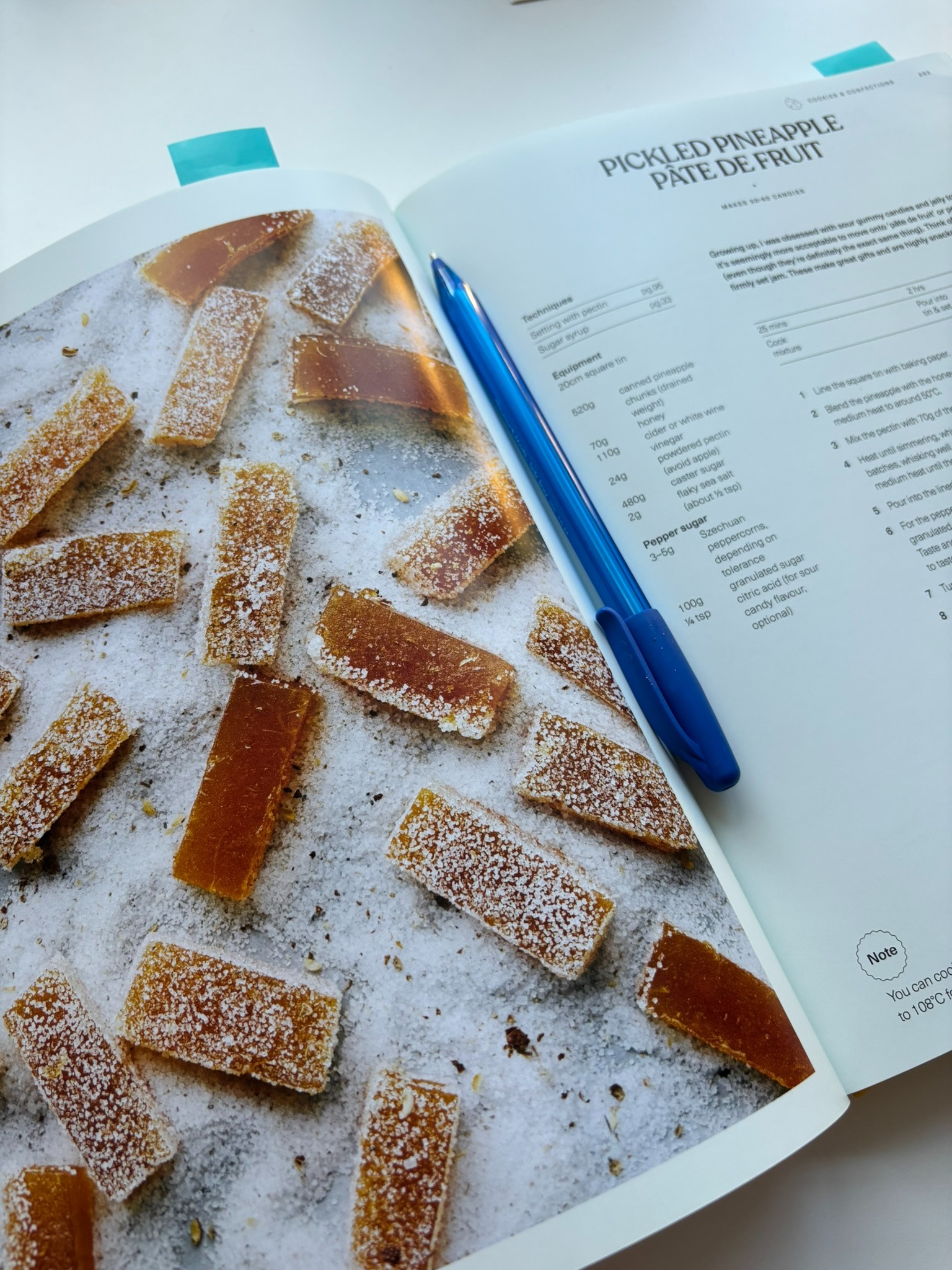
In addition to the hardcore French Stuff (the burlesque of Brown Sugar Canelés with Rum springs to mind), the wanton raiding of the world’s baking techniques and larders is joyfully and sensitively done. With the likes of Miso Walnut Double-Thick Chocolate-Chip Cookies using caramelised white miso and mirin, Panna Cotta with Burnt White Choc and Soy, such activity is only to be encouraged. And there are the cross-overs, too, the most daring of which – hold on to your catering hairnet – is a PBJ Paris Brest. Perhaps it’s a post-Trump olive branch, although it really doesn’t sound like it’s going to do much for transatlantic entente cordiale. But just as you are about to dismiss it as a cynical mess, you make it, you eat it and become instantly convinced that the author has been touched by something approximating divine inspiration after all: hand across the ocean, hand of God, Lamb of God even? A peep into the vast and largely unexplored (in English caking literature) SE Asian tradition is also welcome, specifically in the shape of Chinese baking. Fuchsia Dunlop’s 2023 Invitation to a Banquet did a lot to open our eyes to this world but there is still an awful lot to explore if my recent trip to Soho’s Chinatown Bakery is anything to go by.
There’s a clever and practical mind at work in the structuring of the book, too. It’s very sensibly divided into chapters according to how much time you have on your hands. ‘An Afternoon’ (and often little more than an hour and a half) will see you attempting a Brown Sugar Custard Tart perhaps or a Plum and Marscarpaone Karpatka (an exceptional-looking cake from the Poland whose voluminous choux exterior hides stewed plums and clouds of heavenly mascarpone custard). The ‘day’ section has more involved recipes that require planning and one or more element to be made ahead: Horchata Tres Leches, for instance, made with a delicious Hispanic-influenced milk soak. Here you are kindly given the full works that require rising at four in the morning to grind rice against a stone in the Rio Grande, extracting its essence through various gauzes, retorts and alembics and making several sacrifices to Mācuīlcōzcacuāuhtli, the Aztec god of gluttony ... all whilst reading for a PhD in biochemistry. A bit of an exaggeration but it is certainly more involved than say p184’s Brown Butter Banana Cookies. And the final product suitably more impressive. In any case, the author kindly gives a ‘speedy’ alternative that involves a carton of rice milk from Sainsbury’s (other supermarkets are available). Praise be.
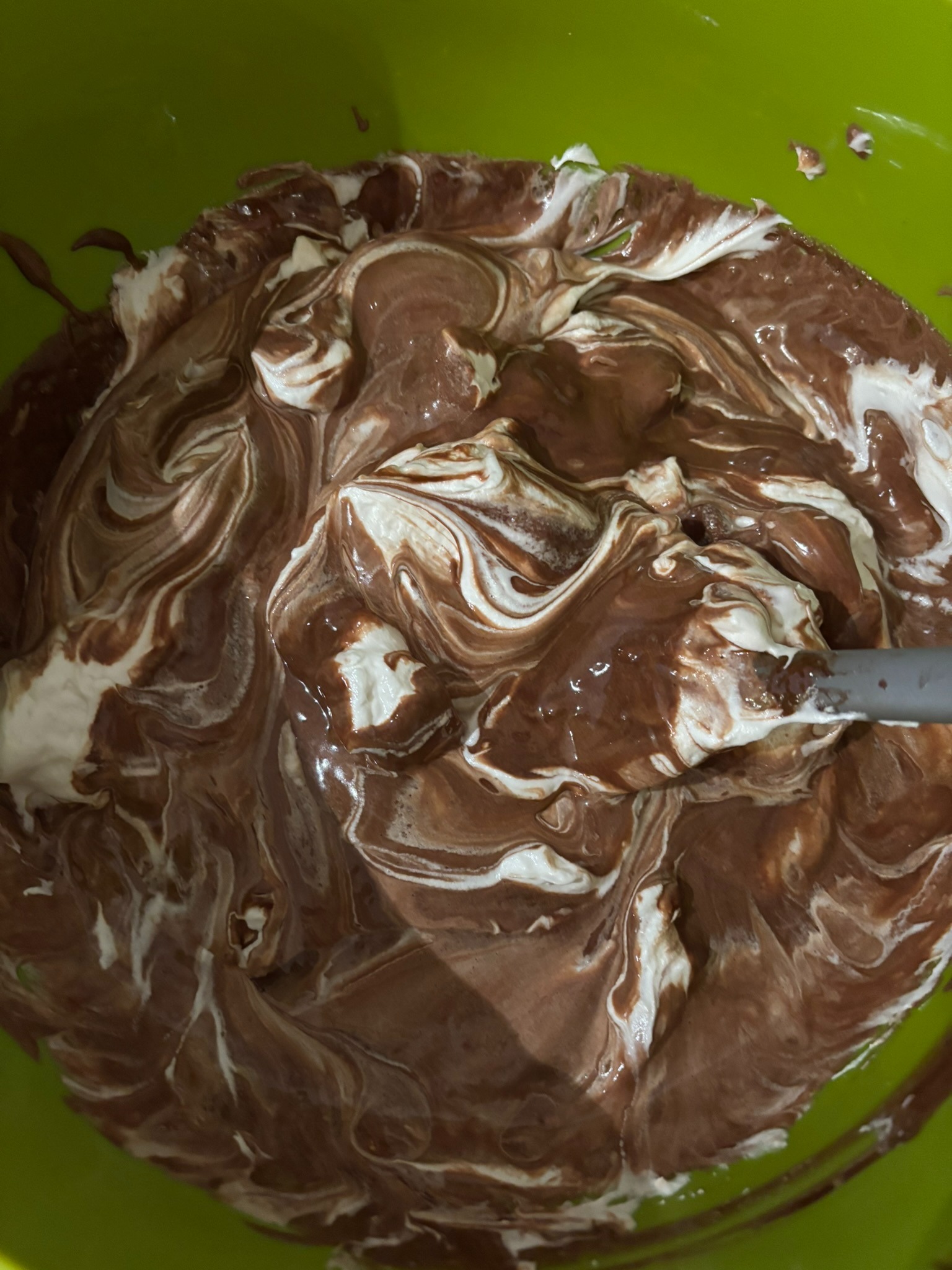
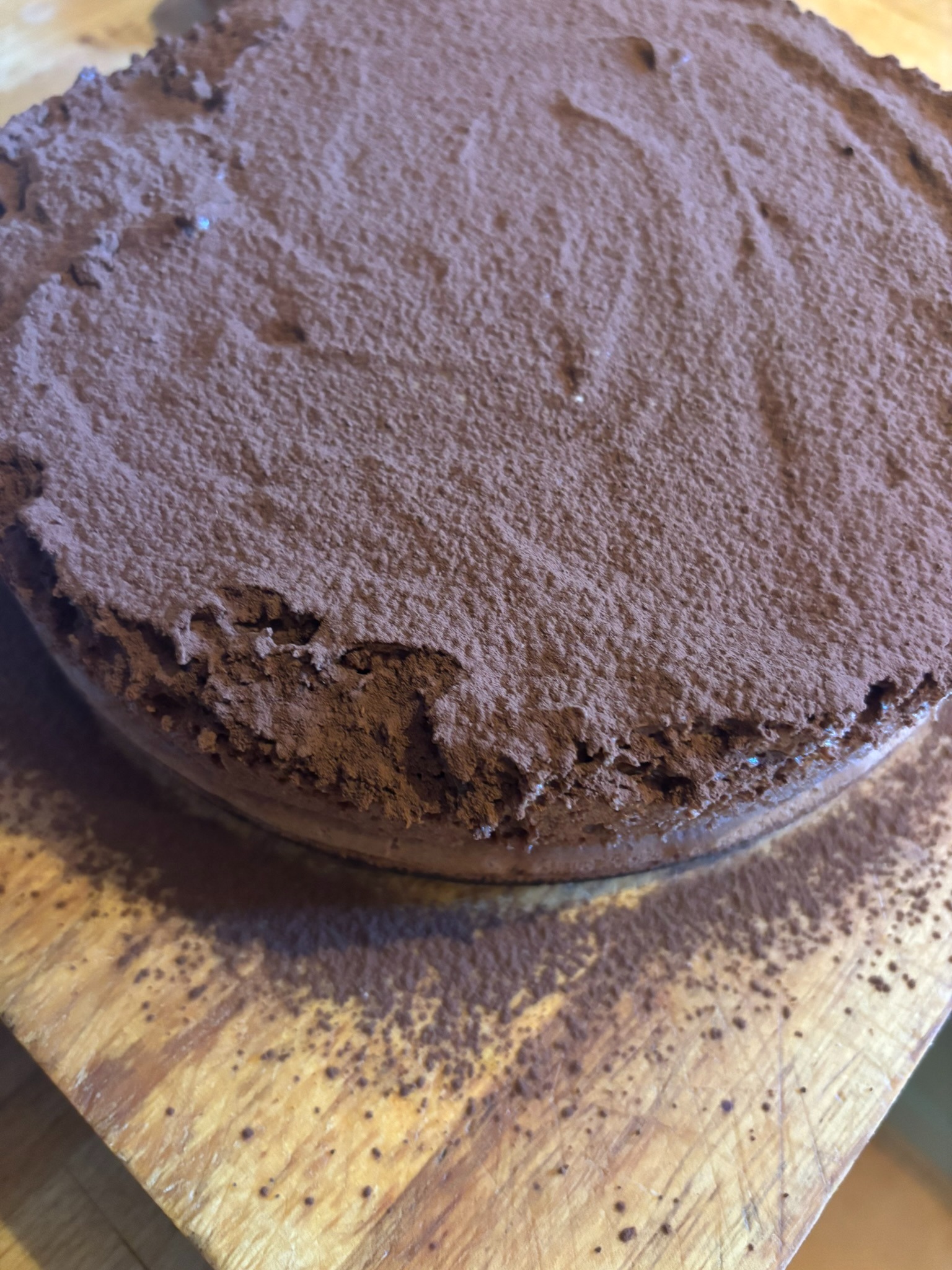
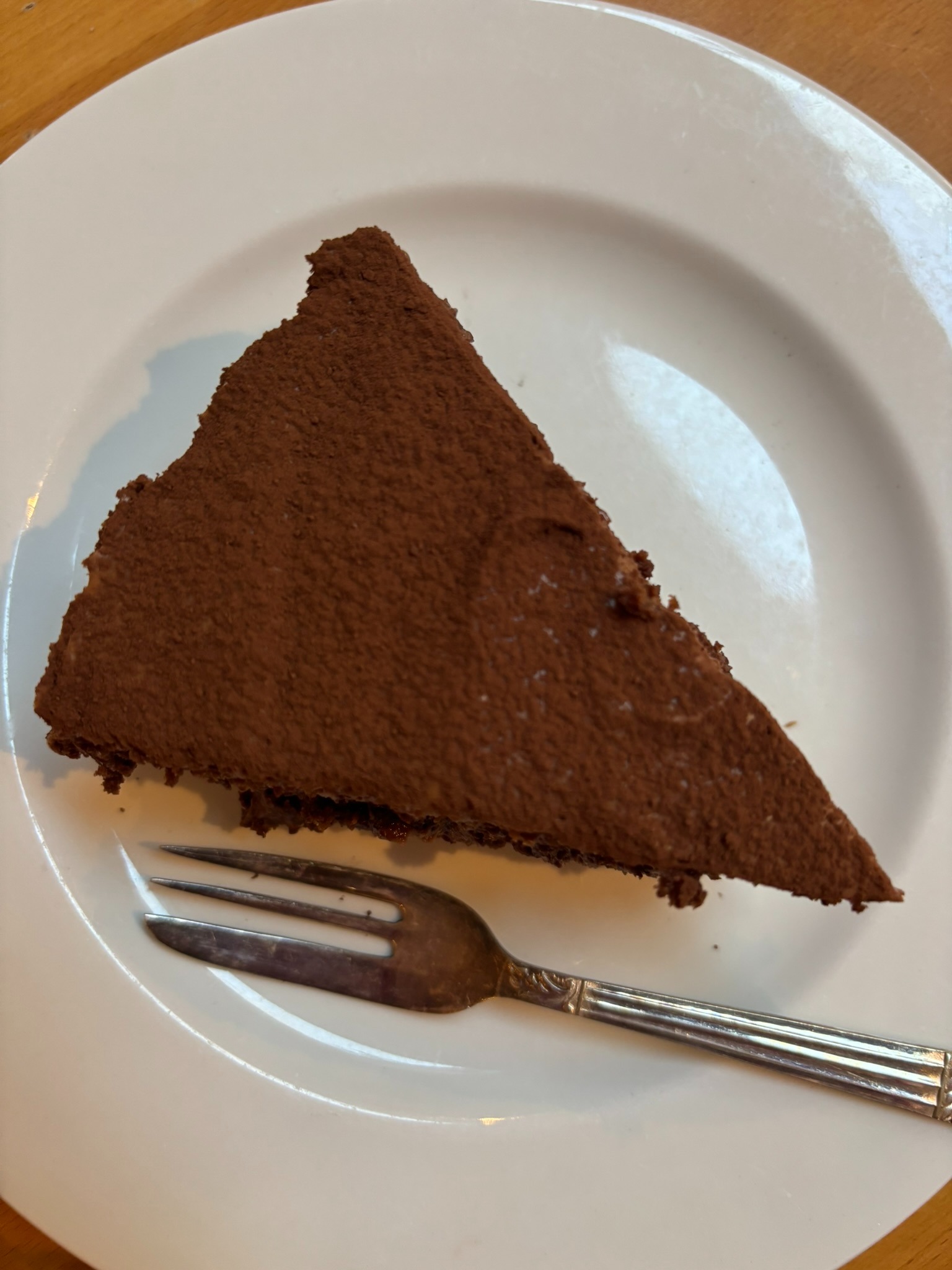
There are one or two savoury dishes dotted about – an exemplary Chicken Pie and extraordinarily good Cheese and Pickle Scones – but by and large you’re in sweet-tooth territory. However you're toothed, there’s a lot here that’s really very achievable for those of us with moderate skills and a bit of chutzpah. The next section, rather alarming called ‘Weekend’, is reserved for those with pretensions to laminated-pastry construction and opera-cake engineering. These are recipes that need rising and resting, folding and refrigerating, layering and piping. The patience of a saint, too, and quite possibly a little lie down afterwards. We get a goodly parade of Galette des Rois, Pain Suisse and the like. Croissants rightly get a section all to themselves and there’s even a centrefold spread on lamination theory. But it’s all presented in friendly, supportive prose, authoritative but never bossy. I have to admit that these are the things that I leave to well-trained pâtissiers but we all have half a mind to make croissant don't we? And if you’re going to chance your arm, then Chef/Boulangère Lamb is the one you want at your shoulder.
Like its 1970’s forbore, there’s a little section at the end reserved for utter wickedness. In this case, the sort of condiments hidden away at the back of your darkroom/larder: Speculoos Spiced Butter, Raspberry Rhubarb Jam, Dark-Chocolate Custard. And the final hurrah is Lamb’s wonderful Matrix of Joy – two pages with the basics down one side and fillings and fripperies across the top. Taking your-by-now sticky finger and tracing downwards from lemon curd to where it intersects with brioche/bun dough will find you squarely in Lemon Doughnut territory or how about an Ice-cream Sandwich which is where the same basic dough meets p227’s Vanilla Parfait? Brilliant idea, superbly executed.
Unbridled pleasures of the table in general get rather a raw deal in the Good Book. And ‘the Last’ is hardly a model for the modern supper – unless you have a very narrow galley kitchen like Leonardo, and are happy sitting down one side of the table staring out into space (or indeed the Santa Maria delle Grazie in Milan). I want gluttony, sins of the flesh and downright pagan bacchanalian at my feasts, don’t know about you. And Sift is very happy to supply almost all you might need in terms of baked goods.
The very antithesis of air-fryer, one-pot, tray-bake, tear and share conformity, this is proper baking, proper good. Revelatory, seductive even. And it’s wipe clean.
